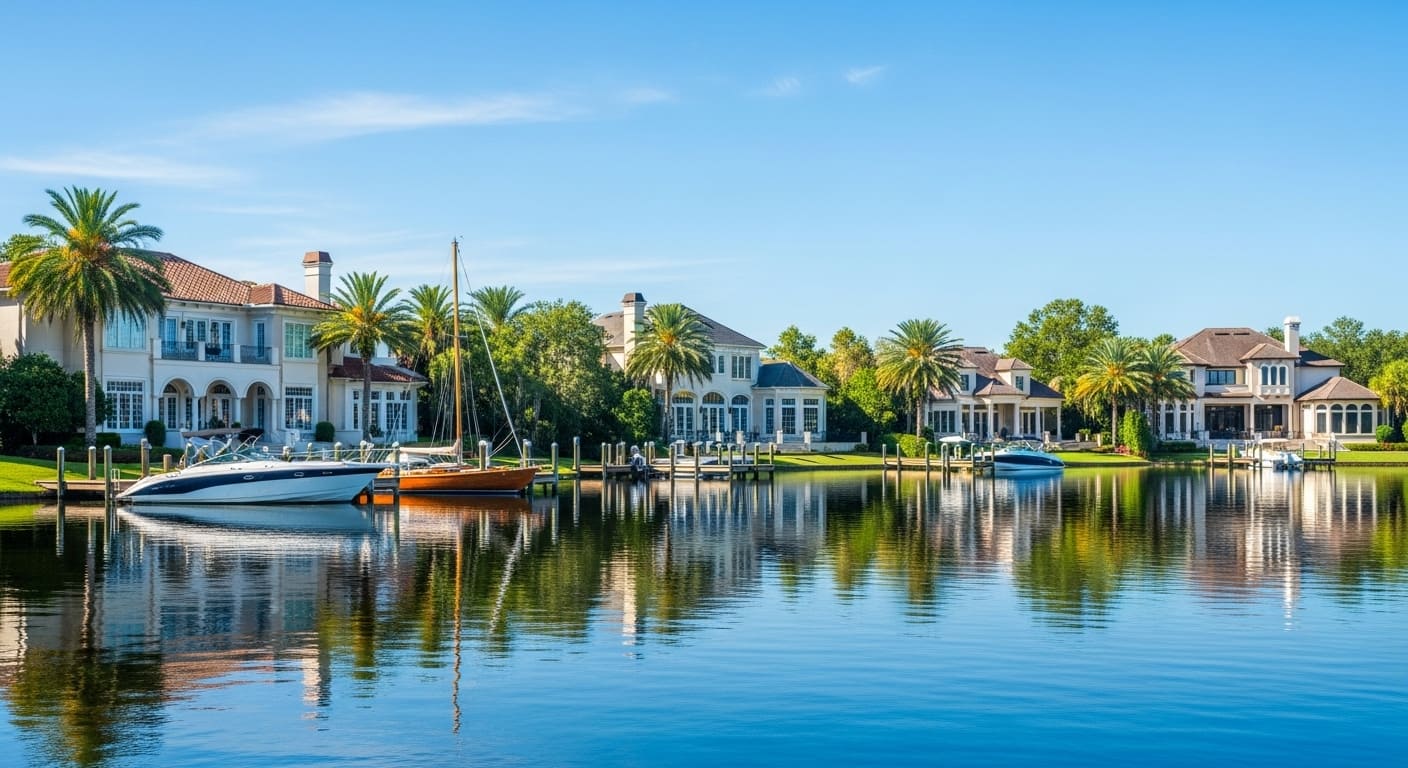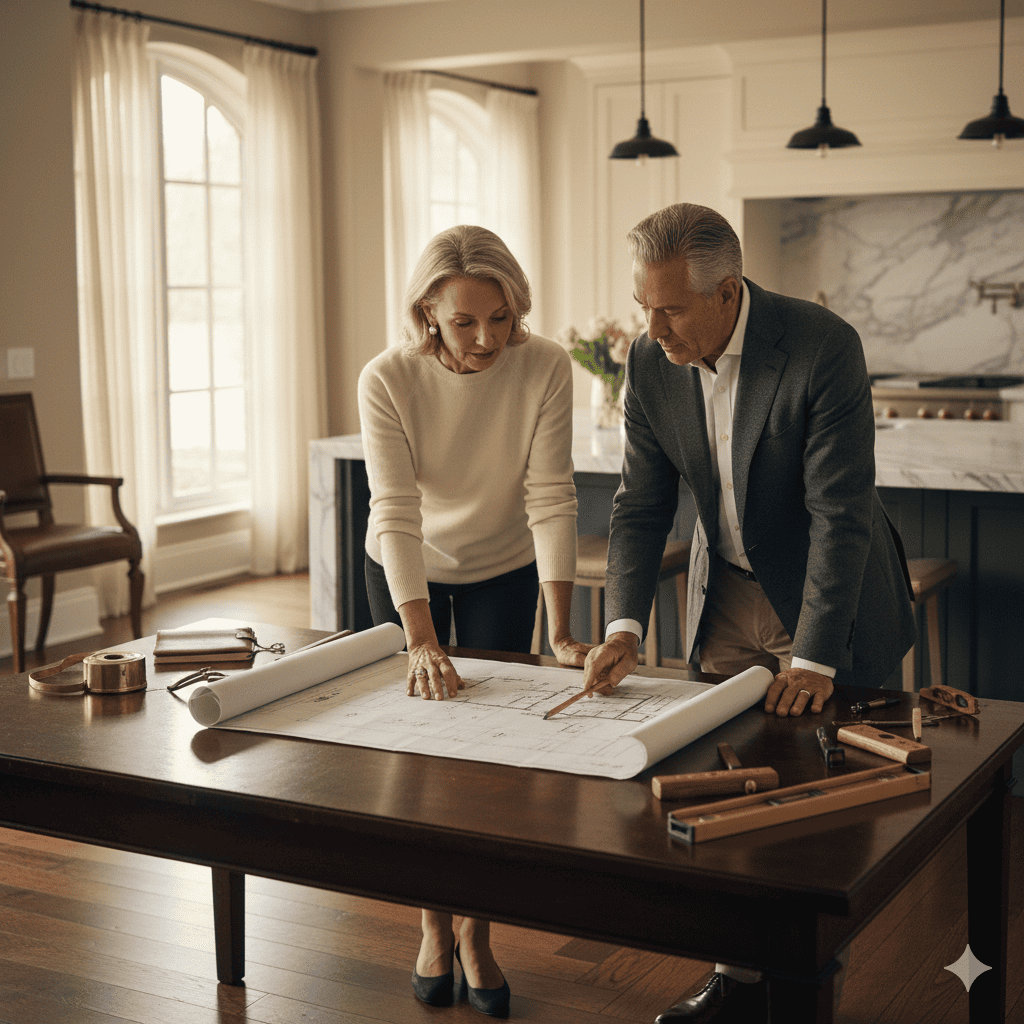Introduction:
Historic homes carry stories within their walls – memories carved into old wood, old brick and intricate craftsmanship long forgotten by modern construction. The restoration of this old house is not just a renovation project; It is an act of preservation – a tribute to the architectural heritage that shaped the generations before us. But today’s homeowners also want comfort, luxury and modern practicality. The real challenge lies in finding a balance between tradition and innovation.
If you’re lucky enough to own a classic home—or dream of transforming it—this guide explores creative renovation ideas that maximize functionality without sacrificing charm.
Why choose a historic home?
From Victorian mansions to colonial cottages, older properties with superior craftsmanship are becoming increasingly rare. High ceilings, massive wooden beams, hand-carved moldings and artisanal details add an undeniable character. These qualities provide a foundation that new builds struggle to replicate – making restoration an investment in both beauty and value.
In addition, historic homes often stand in well-established neighborhoods with mature landscapes, spacious layouts and architectural diversity. No one is the same – and that individuality is priceless.
Restoring the architectural soul
A successful renovation starts with respecting the authentic design of this old home. How to update without deleting the past:
1. Protect signature features
• Refurbish original wood floors instead of replacing them
• Restoring fireplace mantels, railings, stained glass windows
• Highlight vintage details through strategic lighting
Historical elements must function as focal points that strengthen the home’s identity.
2. Repair instead of replace
The craftsmanship from several decades ago is often superior to modern production quality. Rejuvenating original materials maintain integrity and increase resale value.
3. Use authentic content
Salvaging yards and specialty suppliers offer vintage tiles, reclaimed wood and antique fixtures that ensure historical continuity.
This careful balance protects the architectural soul while enhancing livability.
Structural upgrades: safety comes first
Underneath the big veneer, older homes may have outdated systems. It is necessary to modernize:
• Foundation reinforcement
• Updated plumbing and drainage
• Modern electrical switching
• Roofing and insulation upgrades
These are not flashy improvements – but they future-proof the property and increase energy efficiency.
A professional home inspection is always the first step.
Mixes classic design with modern lifestyle

To bring this old home into the future, consider incorporating modern luxuries without disturbing traditional aesthetics:
1. Open space
Older layouts often included fragmented rooms. Removal of non-load-bearing walls:
• Improve flow and lighting
• Create an environment for community life
• Support and expand family gatherings
But always respect the large support beams and the architectural symmetry.
2. Smart Home Integration
From automated lighting to advanced security, carefully installed technology ensures comfort while preserving the historic beauty.
3. High-end kitchen renovation
In many historic homes, the kitchen was downsized. Today they are the heart of life.
• Worktops in marble or quartz in neutral tones
• Custom cabinetry to resemble the original wood
• Integrated devices are hidden from view
The goal: seamless function without compromising attractiveness.
Luxurious bathrooms with classic features
Bathroom upgrades are one of the most sought-after modern renovations.
Combine:
• Clawfoot bathtub
• Classic subway tiles
• Frameless glass shower
• Fittings in brass or matt black in vintage style
A timeless beauty combined with spa-like comfort makes for an ideal retreat.
Interior design: Celebrate heritage with creativity
This is where your imagination comes to life. Consider these inspiring thoughts:
1. Neutral background with bold accents
Light wall colors allow vintage trim, beams and doors to shine. Add drama with patterned wallpaper, unique textiles or a splash of elegance in jewel tones.
2. Gallery walls
Display family photos, antique artwork or architectural drawings that honor the home’s history.
3. Revive the old
Refresh and reuse:
• Antique doors → sliding barn style
• Old drawers → Shelves
• Finishing of old beams → breakfast bar
Durable, stylish, sentimental.
Maximizing natural light
Historic homes often have small windows. Increasing natural light increases the energy and atmosphere:
• Install skylights where possible
• Use reflective interior colors
• Fit French doors with wide panes of glass
The result: a bright, inviting space that lifts the mood and appeals to the eyes.
Outdoor and curb improvements
The exterior upgrades make a powerful first impression. Keep the landscape beautiful and age-appropriate:
• Classic veranda with restored railings.
• Brick walkways and time-accurate lighting
• Native plants and well maintained hedges
If the home includes a porch or gable details that wrap around, highlight them with light and fresh paint in an authentic palette.
Lighting: A modern shine on historic bones

Mix modern efficiency with traditional atmosphere:
• Chandeliers for dramatic foyers
• Lantern-style sconces for the hallway
• Warm LED bulbs to soften the atmosphere
Restored vintage fixtures with updated wiring also add sophistication and safety.
Handle hidden wonders
Sometimes old houses hide:
• Lead paint
• Asbestos
• Old wiring
• Toxin-contaminated insulation
Openness and care are important when renovating such an old house. Professionals ensure safe removal and compliance with building regulations.
Financial benefits of restoring this old house
A smart restoration can dramatically increase the value of a property, especially in a heritage neighborhood.
Potential benefits include:
1. Tax incentives for historic preservation
2. Low long-term maintenance due to durable core structure
3. Higher market value through protected exclusivity
A well-executed renovation turns a home into a premium property.
Sustainability through restoration
Preservation of the existing structure reduces waste and environmental impact. Reuse of original material:
• Reduces carbon footprint
• Minimizes landfill contributions
• Promotes an environmentally conscious lifestyle
Historic homes were built to last – maintaining their longevity is sustainability at its best.
Conclusion:
Renovating a historic property isn’t just the construction—it’s the history. Embrace the new while maintaining the charm of the past, creating a space that honors the past and welcomes the future.
This old house will be your masterpiece – a home that combines:
1. Heritage + Comfort
2. Craft + technology
3. Character + functionality
Each design choice is an opportunity to write new chapters in an already captivating story.










